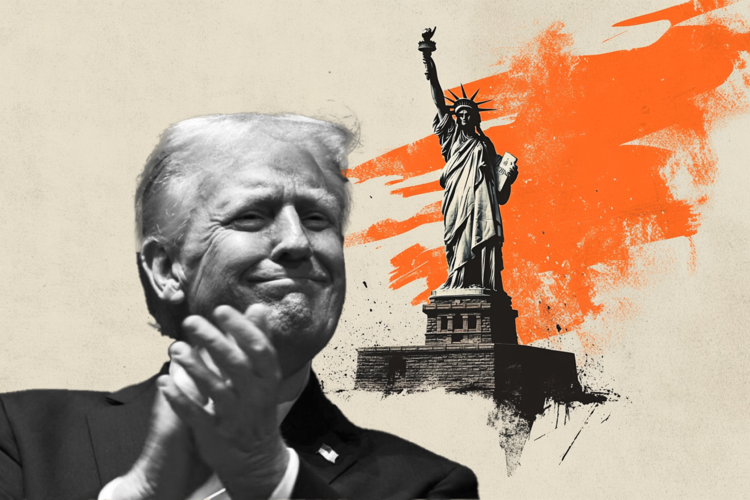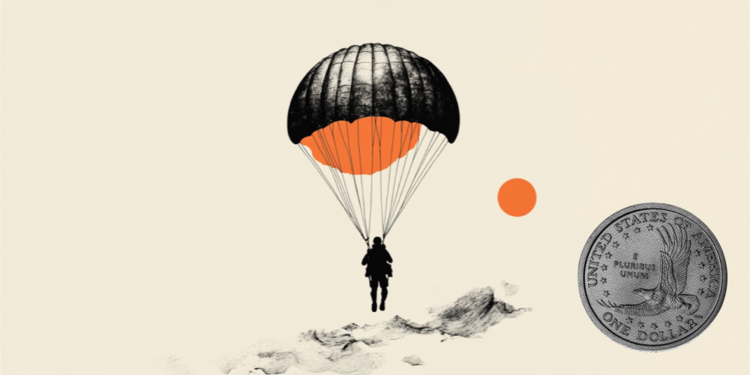Today, a simple search on social media is enough to find out how to do a certain bodybuilding exercise and get training tips to lose weight or gain muscle mass. The search can lead the user to find several different video options, with a large amount of information — and also misinformation.
Given this scenario, how can we differentiate what is truly beneficial for a given person’s goal with physical activity? What really has scientific evidence, and what doesn’t? Is it possible to trust this type of content?
Thinking about resolving these doubts, the CNN selected 18 videos from the main fitness influencers on YouTube and spoke to experts in the field to analyze and understand whether the information provided by the influencers makes sense and whether it is really beneficial.
How were the videos selected and analyzed?
The selection of creators and videos was made with the help of the data team at CNN which listed the biggest creators on the Winnin platform in the “Exercise & Wellbeing” category.
Next, the report made a selection of influencers who produce content with exercise, training and nutrition tips. Afterwards, a screening was carried out among the published videos to identify terms such as “best exercise” and “best training”, as well as titles that contained information supposedly based on scientific studies.
The videos were classified into four categories, based on the type of objective: exercises to lose weight, exercises to lose belly fat, exercises for the glutes and exercises for arms and chest. In the end, content from influencers Carol Borba, Carol Vaz, Fabrício Pacholok, Laércio Refundini and Gabriel Arones was selected.
Finally, with the help of Pinpoint, a Google journalism tool, it was possible to check which exercises were most recommended in each category and which videos cited scientific articles as a basis for the recommendations. You can watch the videos on CNN page on Pinpoint.
See expert analysis in a series of CNN reports
Experts consulted by CNN analyzed the main exercise recommendations made by influencers in each of their videos. In a series of four reports published on the CNN physical education professionals and sports doctors comment on their impressions of the videos, dispute statements made by the creators and give tips for those who practice physical activity based on virtual content.
See each of the articles at the following links:
- Exercises to lose weight;
- Exercises to lose belly fat;
- Exercises for glutes;
- Arm and chest exercises.
After all, is it worth relying on online videos to practice physical exercises?
In general, online videos with bodybuilding tips and weight loss exercises can be accessible and easy-to-understand ways for amateur athletes to obtain information about training. However, according to experts interviewed by CNN this type of content can bring benefits and harms.
For Fábio Dominski, university professor and Ph.D. in Physical Education, among the advantages is the autonomy of the practitioner being able to choose the type of exercise and the frequency of training, in addition to being able to carry out many workouts at home. However, he warns of the risks that this content can pose, such as the lack of professional supervision.
Furthermore, it is important to be careful with information passed on in a generalized way by these content creators. Many of the videos analyzed suggested that, to achieve hypertrophy, it is necessary to “train until failure” of the muscle, that is, when it is no longer capable of performing the exercise due to fatigue. However, the sources heard by the CNN contest this guidance.
“When we work with bodybuilding, it is important to understand what quality we want to develop”, says André Pedrinelli, sports doctor and orthopedist. He emphasizes that bodybuilding planning must be done individually and taking into account the objective you want to achieve with the training.
Furthermore, Dominski adds that current scientific evidence does not support the approach that training to muscle failure is superior for hypertrophy. “In practice, failure can compromise training volume, a variable with high relevance for hypertrophy”, he says.
But the researcher highlights that this strategy can be used by experienced practitioners and at specific times and exercises, such as to break the training plateau. “However, I emphasize that it is neither necessary nor recommended for beginner practitioners”, he reinforces.
Finally, what seems to matter most is adherence and consistency in training. “Researchers suggest worrying less about variables and more about getting people to actually train, that is, the factors that influence adherence to training. On this topic, motivation, which is what matters most, I observe that there are few influencers talking”, concludes Dominski.
Source: CNN Brasil
I am an experienced journalist and writer with a career in the news industry. My focus is on covering Top News stories for World Stock Market, where I provide comprehensive analysis and commentary on markets around the world. I have expertise in writing both long-form articles and shorter pieces that deliver timely, relevant updates to readers.







